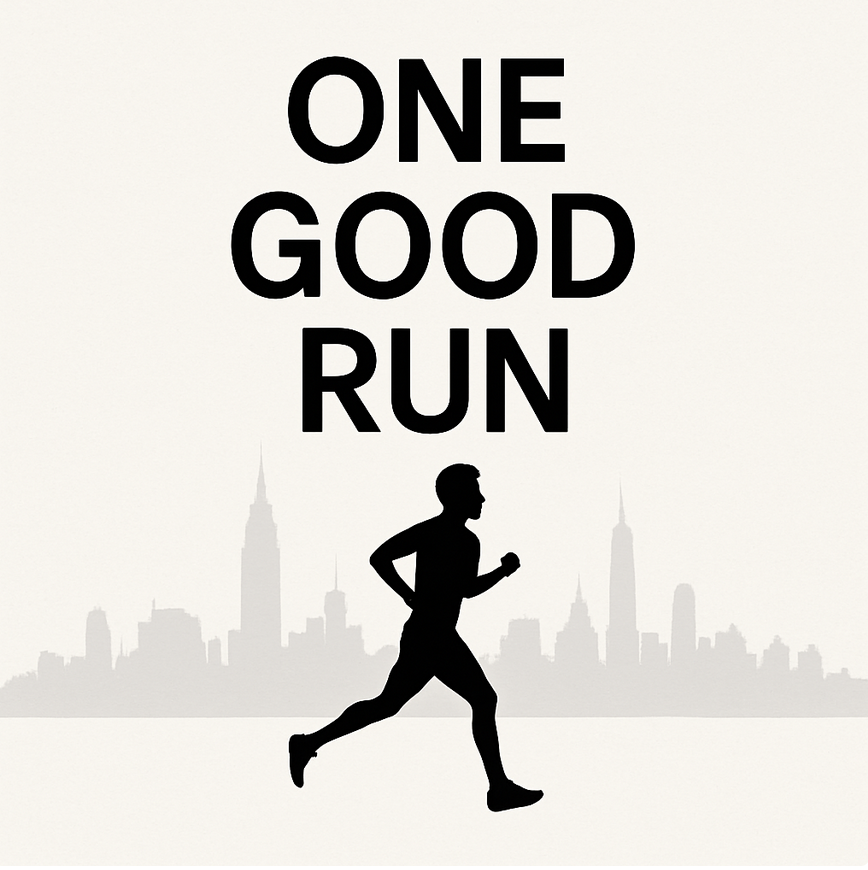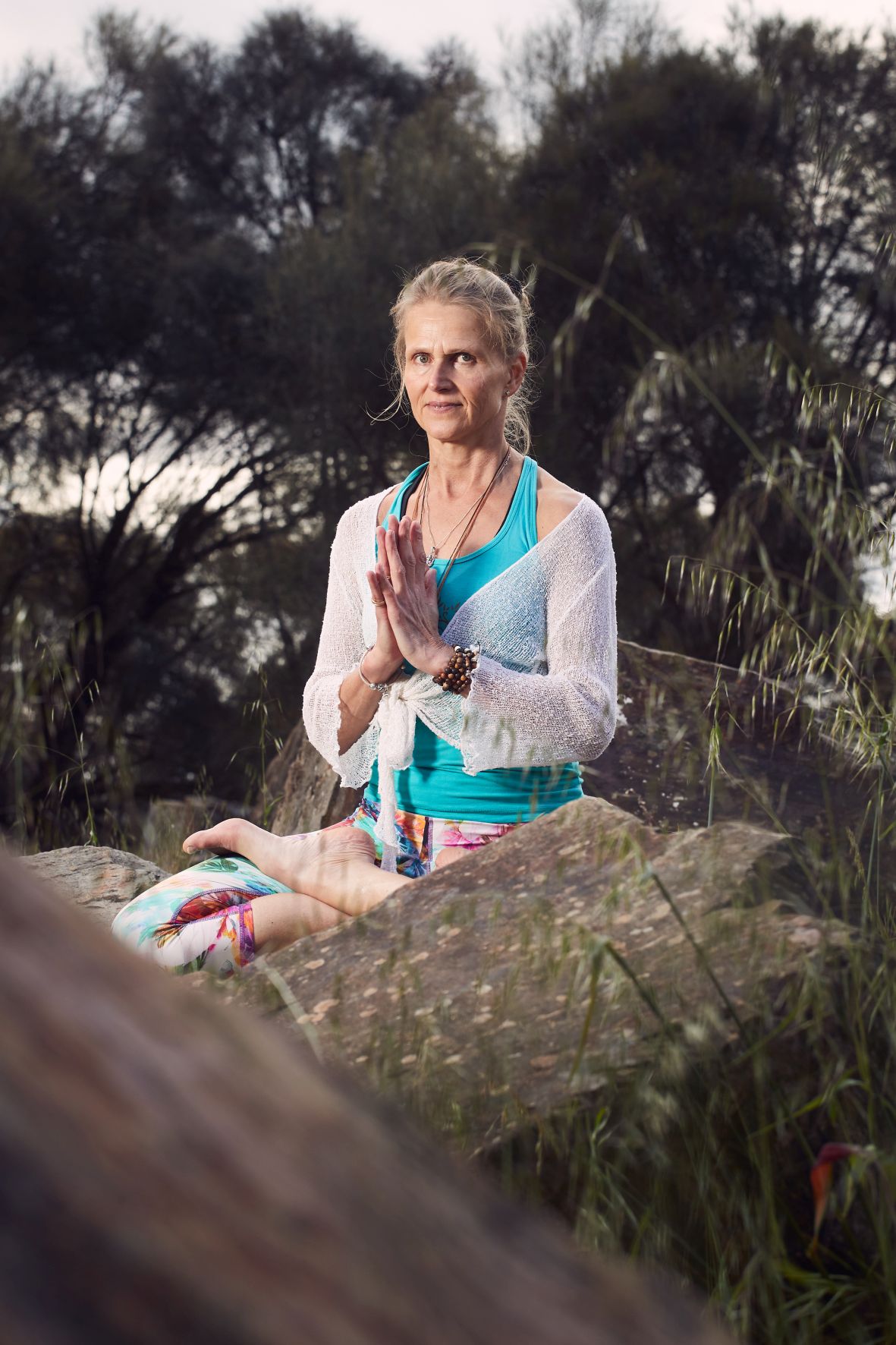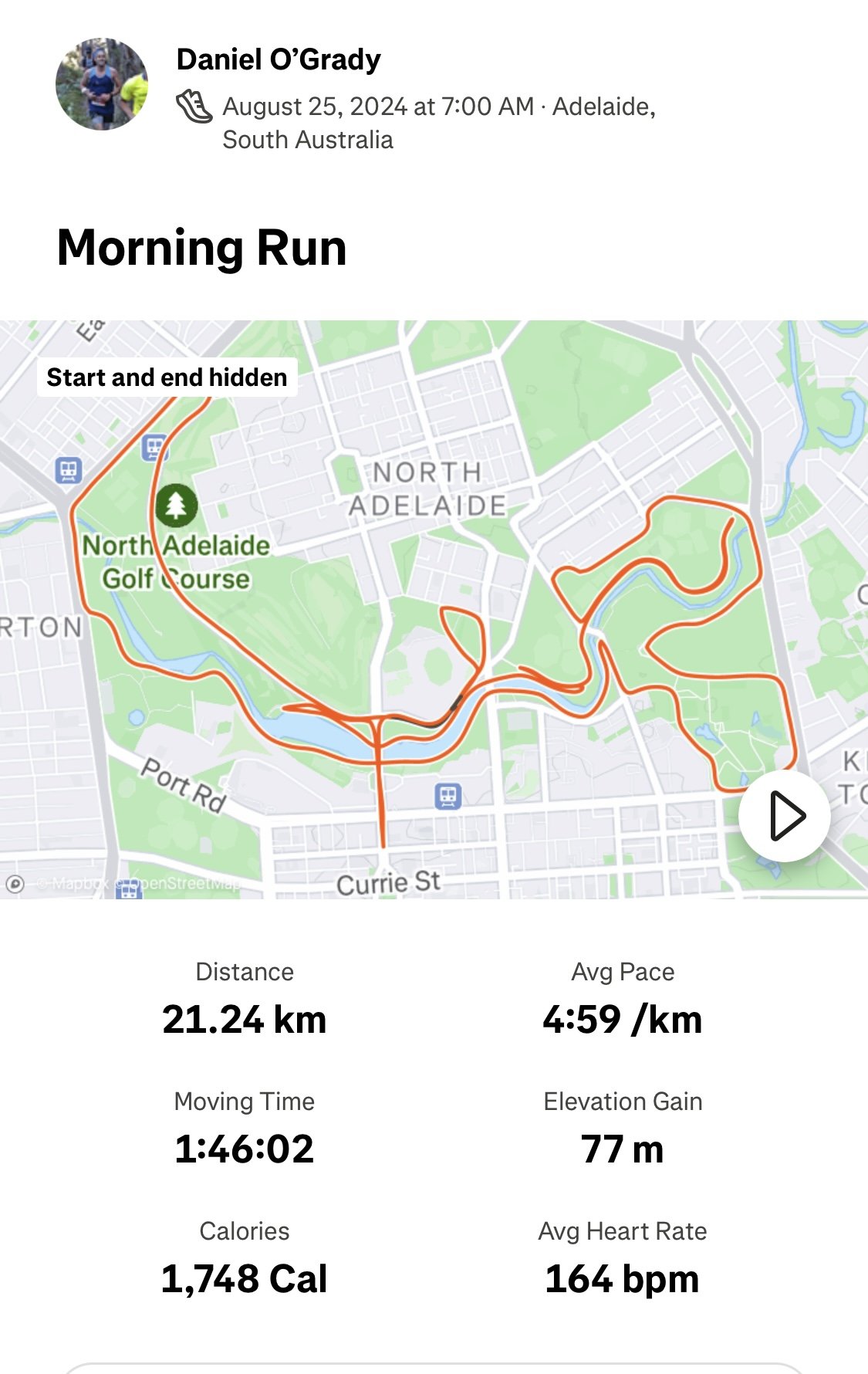In a recent study, runners with a slower step rate (i.e. lower cadence) were found to be more likely to experience shin injuries than runners with a higher cadence.
The researchers studied 68 high school cross-country runners through the season, monitoring their cadence as well as their injury rates.
They found the runners with the lowest step rate (≤164 steps per minute) were more likely to experience a shin injury compared with runners with the highest step rate (≥174 steps per minute).
Running with a higher cadence may help reduce the peak load of force going through the leg.
Combined with a sensible training plan and good recovery strategies, making this small shift in your running style may well pay dividends and help keep shin pain away.
If you’ve been getting shin pain, next time you run, try increasing your cadence to 175-180 steps per minute and see how you respond during your run and the 24 hours following.
Most GPS watches track your cadence, but you may need to fiddle around with your settings so you can view it in real time.
Another option is to download a free metronome app on your phone and try and match your step to the beat.
Other quick tips for shin pain would be: buying a new and supportive pair of shoes, work on your glutes/core strength and having dry needling done to your calf and tibialis posterior muscles that re-set the tension.
If you would like some more personalised support for your shin pain and you wish to get relief right away, use our simple online booking system to make an appointment. If you would prefer to speak to us directly, call us 1300 657 813
Reference:
Influence of Step Rate on Shin Injury and Anterior Knee Pain in High School Runners.
Luedke LE, Heiderscheit BC, Williams DS, Rauh MJ.




























